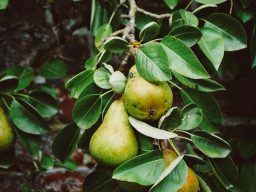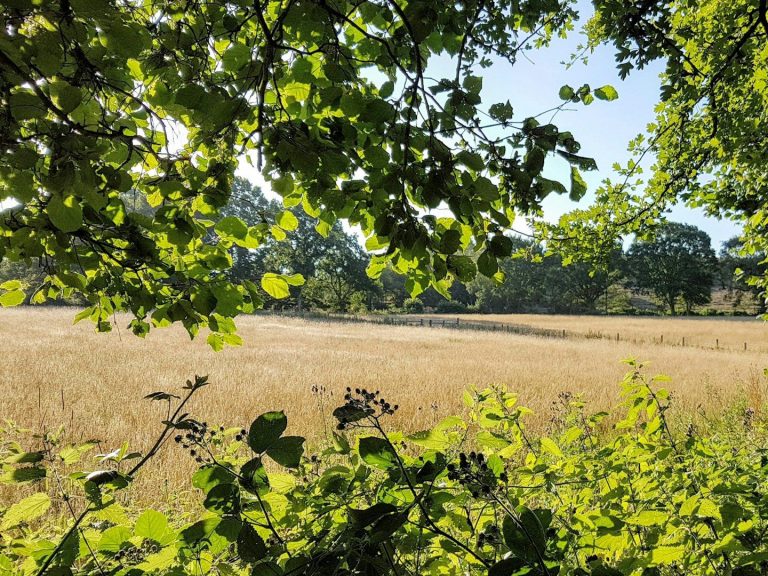Earthwork Without Barriers
Beyond paths and raised beds — building regenerative systems rooted in care, equity and co-creation.
Permaculture and agroecology hold powerful potential for healing land and community. But access isn’t universal — and adaptations often stop at superficial gestures. This page explores how farming, forestry, and conservation practices can be redesigned to include disabled, neurodivergent and people facing systemic barriers to land-based activities and learning from the root up
What is Permaculture?
Permaculture is often described as a design framework rooted in earth care, people care, and fair share. But it’s more than ethics or techniques — it’s a relational way of living with land, rooted in observation, adaptation, and mutual support.
Traditionally, permaculture has focused on closed-loop systems: composting, polycultures, natural building and regenerative cycles. But when practiced with intention, it offers space to reimagine:
- Who is designing these systems?
- Who has access to the land, tools, and time to engage?
- How do we design not just for sustainability, but for inclusion?
Permaculture — at its full potential — is expansive. It can include disabled growers designing low-labour harvest systems, neurodivergent learners shaping sensory-aware planting spaces, and communities co-authoring land stewardship models that reflect their lived experience.




Barriers to Agroecology & Permaculture Adoption
While the principles of agroecology and permaculture advocate inclusivity and cooperation with nature, their adoption often reflects deeper structural inequities. Many land-based education spaces unintentionally exclude those who would benefit most from their regenerative promise.
Some key barriers include:
- Physical Access Limitations: Terrain, infrastructure, and design rarely consider mobility aids, fatigue, or differing physical needs. Raised beds and wide paths are helpful, but insufficient on their own.
- Cognitive & Sensory Barriers: Teaching styles often rely on verbal instruction or high stimulation environments. Neurodivergent learners and those with sensory processing differences may struggle to engage fully without adaptive methods.
- Gatekeeping & Land Inequality: Land ownership models and funding structures disproportionately favour privileged groups. BIPOC, disabled, and low-income communities frequently encounter institutional barriers to accessing farming education or land-based roles.
- Labour Demands & Assumptions of Health: Many systems rely on consistent, strenuous physical labour — excluding those with chronic illnesses, fluctuating capacity, or non-normative energy rhythms.
- Lack of Representation & Leadership: Disabled, neurodivergent, and culturally diverse voices are underrepresented in course design, facilitation, and ecological discourse. This reinforces feelings of being “outside” the movement, even when deeply aligned with its ethics.
These barriers aren’t just practical — they’re cultural. They shape who feels welcome, who is seen as capable, and whose knowledge is considered valid.




Addressing Barriers to Accessibility
Making agroecology and permaculture accessible isn’t about retrofitting existing models — it’s about designing for inclusion from the start. That means recognising capacity, rethinking labor, and creating ecosystems that are both resilient and reachable.
Some of the ways we respond to these barriers include:
- Designing Low-Labour Growing Systems: Using plant guilds, perennial crops, and no-dig methods to reduce physical strain. Forestry-inspired layouts can make harvesting possible from a standing or seated position — berries, herbs, and canopy fruits arranged for ease and dignity.
- Adapting Infrastructure Thoughtfully: Raised beds and wide paths are helpful, but true accessibility means shaded resting spots, mobile workstations, clear visual signage, and flexible participation zones — designed with and for disabled growers.
- Inclusive Toolkits & Curriculum: Offering visual guides, tactile models, story-based teaching, and multiple formats for engagement. Neurodivergent-friendly planning techniques, non-linear learning routes, and adaptive tools support diverse learners.
- Reframing “Productivity”: Encouraging cyclical rhythms, rest, and slow work. Honouring capacity changes — from chronic illness to mental health — as part of ecosystem thinking. Participation isn’t linear; neither is resilience.
- Co-Creation & Consent: Consulting with disabled land workers, not just inviting them in after decisions are made. Designing systems through lived experience, relational care, and iterative feedback.
Accessibility is relational — not a checklist, but a commitment to shared design. These approaches aren’t just practical; they’re transformative.




Rethinking Inclusivity in Agroecology
Agroecology isn’t just about growing food — it’s about growing relationships, resilience, and systems that honour everyone’s place in the cycle. Inclusivity can’t be an afterthought tacked onto curriculum; it must be embedded in how we design, teach, and steward land.
What inclusive agroecology can look like:
- Species That Welcome Everyone: Crops chosen for low maintenance, high nourishment, and accessibility — like soft fruits, medicinal perennials, and plants that thrive in reach-based systems.
- Inclusive Animal Systems: Moving away from intensive paddock-based farming toward micro-livestock, integrated habitats, and lower labour requirements. Snails, ducks, and forage-based models offer gentle alternatives.
- Multisensory Land Learning: Using rhythm, scent, texture, and story to engage learners with varied needs and processing styles. Not every student thrives with diagrams or lectures — land has many languages.
- Expanded Definitions of Value: Prioritising ecological health, emotional well-being, community connection, and interdependence. The yield is not just a harvest — it’s who gets to be there.
- Design Justice Principles: Placing those most impacted by exclusion at the heart of land-based systems. Not by invitation, but by authorship.
Inclusive agroecology doesn’t dilute the movement — it deepens it. When disabled, neurodivergent, and land-disconnected people shape the land, the systems grow in ways we haven’t imagined yet.



